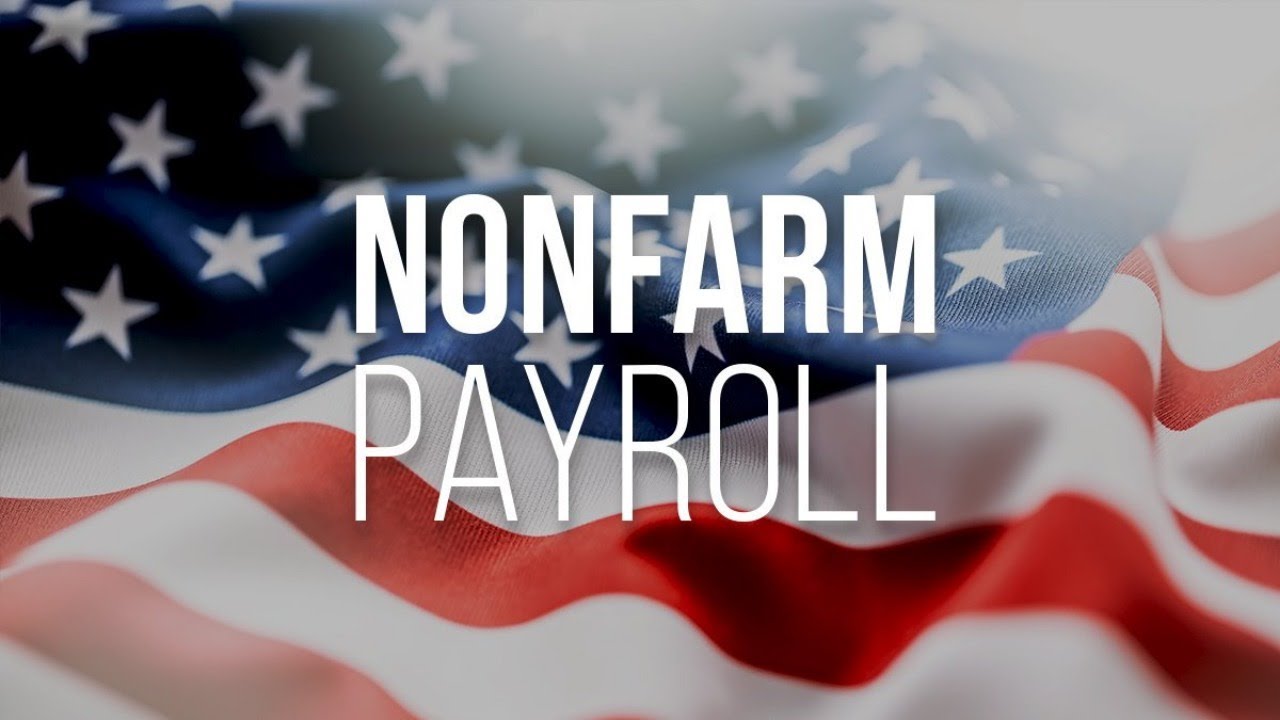Forex
Nonfarm Payrolls and Recession: July’s NonFarm Payrolls Surprise – What Next?

As you know, nonfarm payrolls and the recession are always closely related. The U.S. Federal Reserve sees its main goal as reducing inflation to an acceptable 2%. The U.S. central bank has already increased its key prime rate by 0.75% in July to meet this target.
It is also worth keeping in mind that speculations that the U.S. monetary regulator may raise interest rates less aggressively in the coming months began to grow in the market in mid-July. How August’s non-farm payrolls will perform is a matter of speculation for now.
The resilience of the economy is most visible in the labor market. The July NonFarm Payrolls report confirmed that the recent Fed rate hikes have not put downward pressure on the number of new job openings in the U.S.
Non-farm payrolls in July were much better than forecasted (250K) and much higher than the previous 398K (revised upward). And total employment (nonfarm payrolls) is up 22.0 million since hitting a low in April 2020 and back to pre-pandemic levels.
In other upbeat news, the U.S. unemployment rate fell to its lowest level since February 2020. The figure fell from 3.6% in the previous period to 3.5% in July 2022, and the number of unemployed fell to 5.7 million.
As for wages, their average hourly wage also rose 0.5% to $32.27 in July. But this could complicate the Fed’s efforts to restore price stability and curb burning inflation.
The greenback began to weaken in mid-July, when markets thought the Fed might loosen its rate policy. The dollar could recoup some of its losses and move into consolidation in anticipation of labor market data. Most of the growth factors remain in place and there is no threat of a recession on the horizon for the U.S. economy. This could help stabilize risk appetite in the near term. On the other hand, good labor market news is a positive for the dollar. Therefore, the U.S. dollar ended the week higher and could move even higher on the July trading chart going forward.

 Forex3 years ago
Forex3 years agoForex Today: the dollar is gaining strength amid gloomy sentiment at the start of the Fed’s week

 Forex3 years ago
Forex3 years agoUnbiased review of Pocket Option broker

 Forex3 years ago
Forex3 years agoDollar to pound sterling exchange rate today: Pound plummeted to its lowest since 1985

 Forex3 years ago
Forex3 years agoHow is the Australian dollar doing today?

 Cryptocurrency3 years ago
Cryptocurrency3 years agoWhat happened in the crypto market – current events today

 World3 years ago
World3 years agoWhy are modern video games an art form?

 Commodities3 years ago
Commodities3 years agoCopper continues to fall in price on expectations of lower demand in China

 Economy3 years ago
Economy3 years agoCrude oil tankers double in price due to EU anti-Russian sanctions





















